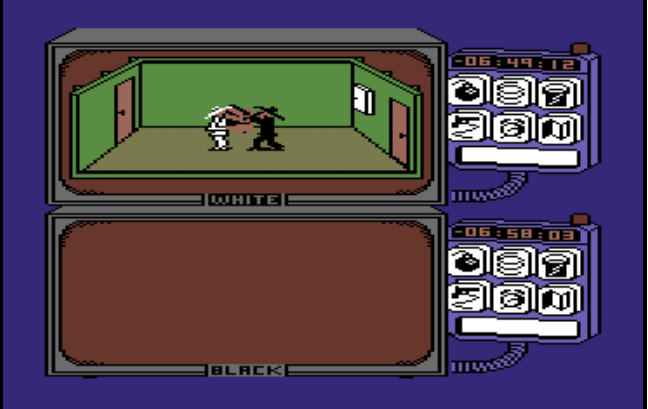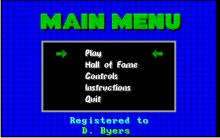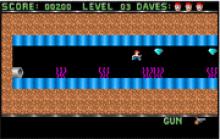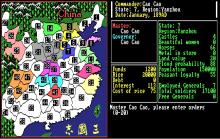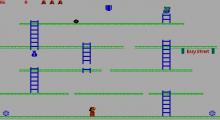Spy vs. Spy
|
|
||||||||
If using USB Joystick/Gamepad, you can plug the controller in the USB port once the game is loaded for best results.
How to play Spy vs. Spy
Each game uses different controls, most Amiga games use both mouse and keyboard.
Spy vs. Spy Description
Spy vs. Spy was a game first published by First Star Software in 1984 for the Atari 8-bit family, Commodore 64 and Apple II computers. It was an innovative two-player, split-screen game, based on MAD Magazine's long running cartoon strip, Spy vs. Spy, about the slapstick antics of two spies trying to kill each other with improbably complex and elaborate traps and weapons.
The object of the exercise is to take out one's opponent as many times as possible, while collecting all the items needed to exit the game before the timer expires. Each spy has a personal countdown timer. When a spy is defeated he drops all his items, and is forced to sit out of the game for a few moments while his timer is depleted at a faster rate. The timer depletes 30 seconds per death.
The arena is an embassy, constructed from a series of interconnected rooms laid out on a grid pattern. Higher levels have more rooms, and therefore a larger play area. As well as hand-to-hand combat (achieved by wiggling the joystick or directional pad left and right or up and down when the spies are in proximity to each other) the spies can place traps on the furniture and doors which occupy the playing area. These traps are triggered when a spy searches a piece of furniture for an item, or opens a booby trapped door, resulting in a cartoon style animation showing the subject being blown up, zapped with electricity, etc. and floating up to heaven as an angel. The game is an example of the broad "trap-em-up" genre, which also includes games like Heiankyo Alien (1979), Space Panic (1980), and Lode Runner (1983).
Strategy is introduced by limiting the quantity of each trap a spy can use, and by allowing the traps to be triggered by either spy. Some pieces of furniture also contain 'remedies' which match up to specific traps - these allow a trap to be defused, but can only be fetched one at a time.
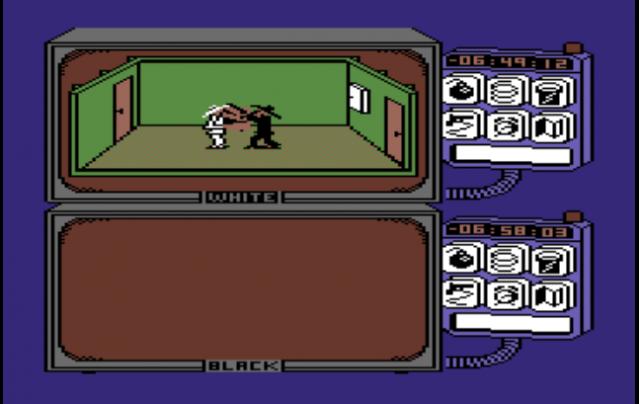
Spy vs. Spy - additional information







